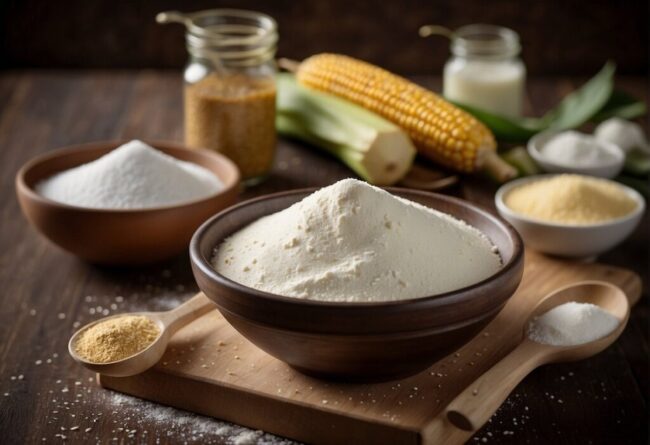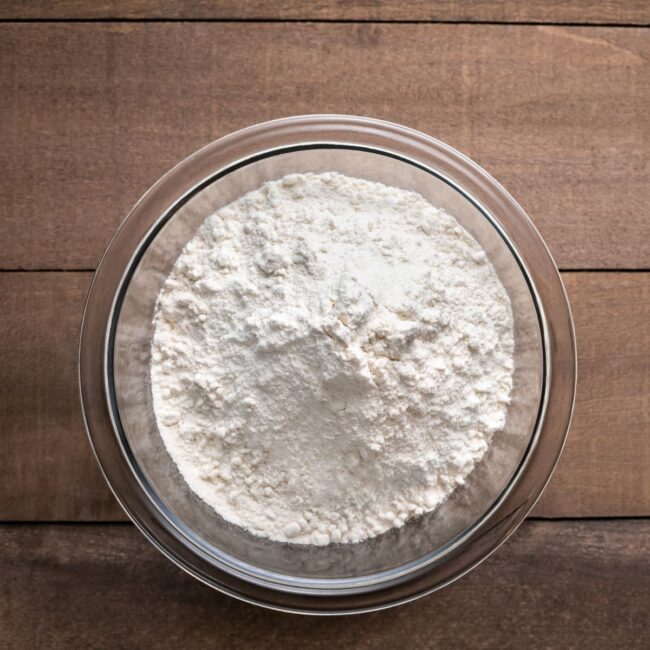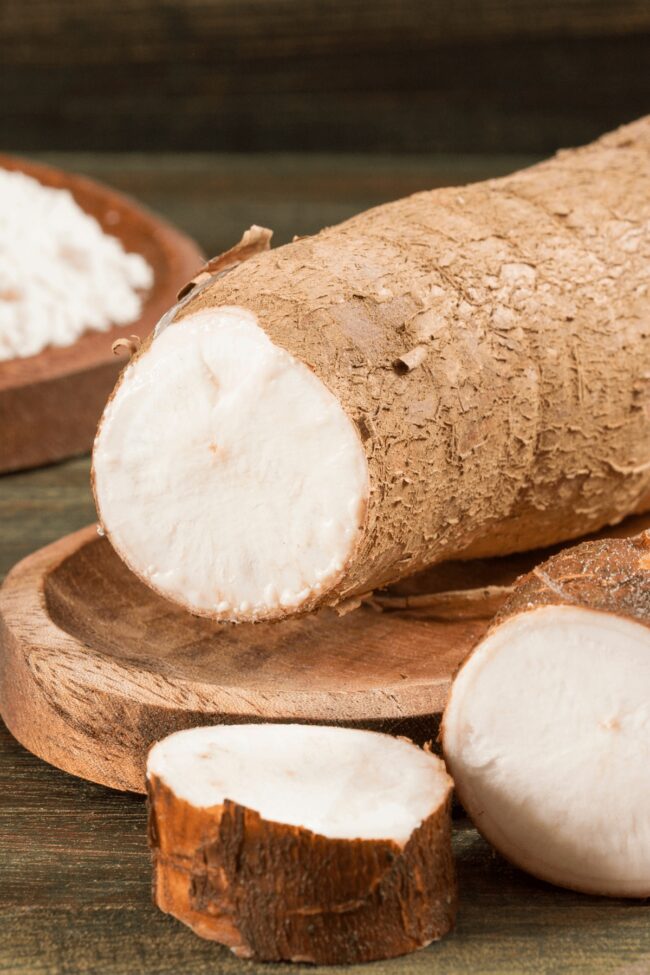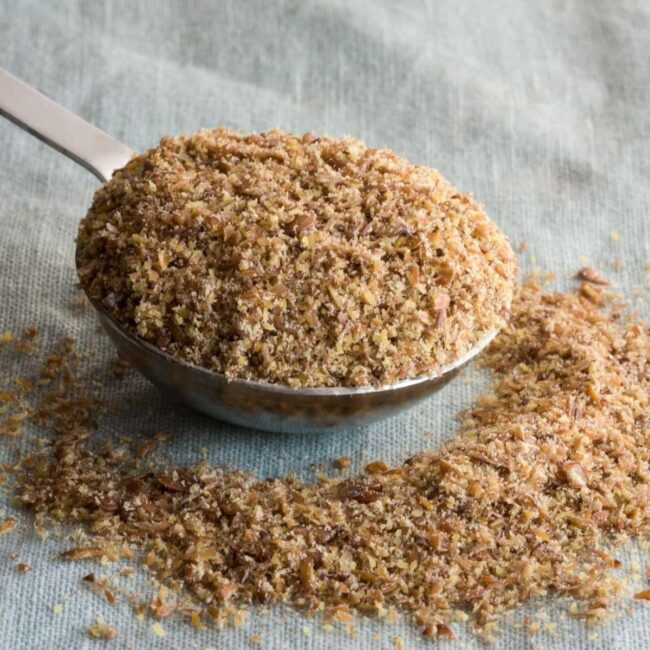4 Handy Cornstarch Substitutes for Thickening
Cornstarch substitutes keep sauces, soups, and desserts thick and silky without the original ingredient.
Some options create the same smooth consistency, while others slightly alter the texture.
Matching the right swap keeps everything perfectly balanced.
What to Know About Cornstarch
Cornstarch is a fine, white powder derived from corn, often used as a thickening agent. It is a staple in baking, sauces, and soups.
Cornstarch Characteristics
Cornstarch serves as a versatile ingredient in many kitchens.
Its fine texture provides a seamless way to add thickness to sauces and soups without altering their flavors.
Being gluten-free opens doors for those with dietary restrictions, allowing everyone to enjoy various dishes.
The thickening process transforms liquids into creamy delights, enhancing the overall dish consistency.
This simple yet effective pantry staple can elevate your culinary creations effortlessly.
Everyday Cooking and Baking Uses
Cornstarch plays a crucial role in many kitchen creations.
This versatile ingredient thickens sauces and soups seamlessly, enhancing texture without changing the taste.
When it comes to desserts, cornstarch acts as a binding agent for pies and puddings, providing stability and creaminess.
Frying benefits from its unique properties too; it contributes to that perfect crispy coating we all love on fried foods.
With such diverse applications, having cornstarch on hand elevates your cooking game significantly.
Cornstarch for Thickening
Thickening sauces or soups becomes effortless with cornstarch.
This ingredient interacts well with water, altering textures seamlessly.
Mixing cornstarch with a cold liquid beforehand prevents unsightly clumps in your dish.
Typically, one to two tablespoons per cup of liquid achieves the right thickness without overwhelming flavors.
Stirring until you see the desired consistency ensures your culinary creations are smooth and satisfying every time you cook.
Cornstarch Substitutes to Try
Cornstarch serves as a popular thickening agent in many kitchens. Various substitutes can effectively achieve similar results, offering diverse options for your culinary needs.
Flour Substitutes
All-purpose flour serves as a versatile ingredient in many kitchens.
When needing a cornstarch alternative, doubling the amount works well; for every tablespoon of cornstarch, two tablespoons of all-purpose flour will suffice.
Rice flour shines in its own right, offering a smooth texture that excels in sauces and frying applications.
This fine powder can easily replace cornstarch at an equal ratio without compromising flavor or consistency.
For those looking to experiment with different textures in cooking and baking, these options provide excellent alternatives to enhance your culinary creations.
Starch Alternatives Options
Potato starch serves as an excellent alternative to cornstarch, providing a seamless 1:1 substitution.
This option excels in thickening sauces and gravies but struggles with long cooking times due to its tendency to break down.
On the other hand, tapioca starch shines when it comes to achieving that glossy texture in sauces and fillings.
Its similar 1:1 ratio makes it easy for anyone to swap out cornstarch without hesitation.
Both choices open doors for creative cooking while catering to various dietary needs or preferences you might have in your kitchen adventures.
Gluten-Free Options
Arrowroot serves as a fantastic gluten-free thickening agent, adding a glossy finish to your culinary creations.
This versatile ingredient works seamlessly in recipes, allowing for equal part substitution with cornstarch.
Xanthan gum also shines in the kitchen but requires careful measurement due to its strength.
Starting with just 1/4 teaspoon per tablespoon of cornstarch helps maintain balance while adjusting based on your desired consistency is key.
Both options enhance texture without compromising flavor, inviting creativity into every dish you prepare.
More Thickening Options
Flaxseed meal serves as a fantastic high-fiber alternative in many recipes.
This ingredient not only imparts a subtle nutty flavor but also requires significantly less than cornstarch, making it an economical choice.
Using psyllium husk can enhance the texture of your dishes with just half the amount typically needed for cornstarch.
It acts as a thickening agent while boosting fiber content, adding nutritional value to your meals effortlessly.
Exploring these substitutes opens up new culinary avenues and encourages creativity in the kitchen while keeping health in mind.
How Cornstarch Is Used in Cooking
Cornstarch helps create smooth textures in sauces and desserts by absorbing moisture. It is widely used in gravies, puddings, and stir-fries.
Making Sauces Thick
All-purpose flour serves as a dependable thickener for sauces and gravies.
Using it requires double the amount compared to cornstarch for similar results.
A roux can be made by combining flour with fat, then cooking this mixture to achieve a rich flavor.
Once prepared, adding liquids creates a velvety texture that elevates any dish.
This technique is simple yet effective, allowing you to enhance your culinary creations effortlessly.
Baking and Sweets
Baking with rice flour introduces a delightful twist to your favorite recipes.
This ingredient offers a light and tender texture that elevates cookies and cakes, setting them apart from traditional versions.
Achieving the right consistency is simple; just remember to use a 2:1 ratio when swapping cornstarch for rice flour.
The result remains visually appealing while enhancing the overall flavor profile of your desserts.
Experimenting with this alternative can lead to exciting new creations in your kitchen!
Soups and Stews
Potato starch serves as an excellent thickening agent for soups and stews.
It maintains a clear appearance, allowing the original colors and flavors to shine through.
Adding it towards the end of cooking ensures optimal thickness without compromising texture.
This ingredient is gluten-free, making it suitable for various dietary preferences.
You might appreciate how easily potato starch blends into your dish, creating a smooth consistency that elevates every spoonful.
Frying and Crunchy Coatings
Frying without a crispy coating can be disappointing.
Rice flour offers an exceptional alternative that ensures a light and crunchy texture.
This ingredient absorbs moisture effectively, preventing that dreaded sogginess from ruining your dish.
Using rice flour in your batter enhances the overall eating experience, making every bite satisfying.
For anyone looking to elevate their frying game, this simple switch could be the secret to achieving perfection on your plate.





